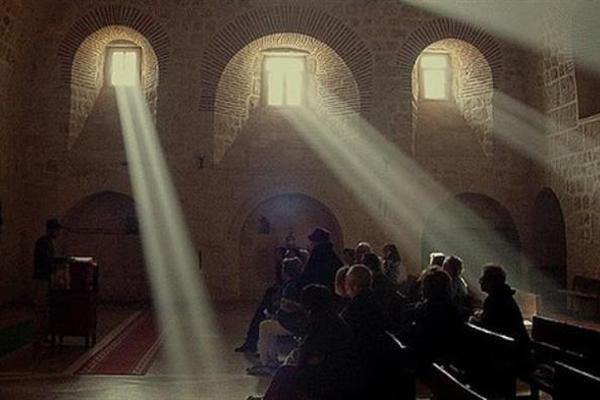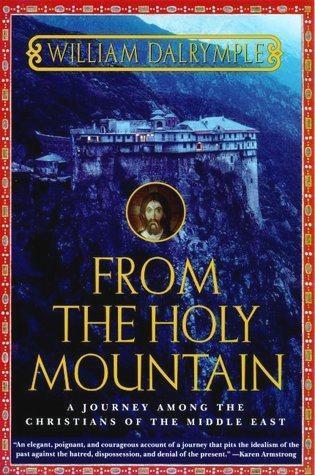'A journey among the Christians of the Middle East'
William ARMSTRONG - william.armstrong@hdn.com.tr




Dalrymple carried with him a volume of Moshcos’s masterpiece, “The Spiritual Meadow,” describing the eccentric monk’s own journey across the decaying Byzantine East. Moschos traveled at a time of destruction, when Byzantium was under assault from all sides and the great cities of the East Mediterranean were in fast decay; within 100 years, the Arabs would be capturing swathes of Byzantine territory under the banner of Islam. He sensed that he was witnessing the shattering of a fragile world, and his writings make clear the horrifying, almost apocalyptic disintegration that he witnessed around him. This crumbling 6th century landscape has obvious parallels with Dalrymple’s journey 1,400 years later, and even greater parallels today. As the author writes at one point: “The ever-accelerating exodus of the last Christians from the Middle East today meant that The Spiritual Meadow could be read less as a dead history book than as a prologue to an unfolding tragedy, whose final chapter is still being written.” In Beirut, a professor at one of the city’s universities tells him that today “there is a feeling of fin de race amongst Christians all over the Middle East.”
After a stay on Mount Athos, Dalrymple set off on his journey in Turkey, of which he paints a far from flattering portrait. He was traveling in the mid-1990s, when the war between the Turkish military and the Kurdistan Workers’ Party (PKK) was at its fiercest, and he found the country’s tiny Christian minority suffering severe collateral damage from the fighting. From Istanbul he headed down to the warzone-like southeast, where he was tracked constantly by state security agents, but where he managed to spend an unsettling few days with the ancient, embattled Syriac Christian community, effectively under siege in the crossfire of the PKK’s guerilla war. Staying in the monasteries of Deyr ul-Zafaran and Mor Gabriel - with their scarred, blood-soaked history and panoramic views of the Mesopotamian plains - the Syriacs present perhaps the most visceral example of ancient tradition struggling to survive in oppressive modern political situations. In different ways, all the Christians that the author visits throughout the book offer variations on this theme.
Still, after the stifling atmosphere of a Turkey engulfed in a bloody ethnic conflict, across the border in Syria strikes him as relatively relaxed and free for Christians, who display little of the furtiveness of their counterparts in Turkey: “Certainly it feels like the Garden of Eden compared with the tension on the other side of the border.” Dalrymple is well aware that the (still Hafez) al-Assad regime was a “ruthless police state,” but as one Armenian businessman in Aleppo tells him: “After Assad’s death or resignation no one knows what will happen. As long as the bottle is closed with a firm cork all is well. But eventually the cork will come out. And then no one knows what will happen.” Considering Syria today, such passages are chilling to read.
It just goes to show how fluid the situation in the region can be. Dalrymple writes at one point that in the Middle East, “the reality of continuity has always been masked by the surface impression of cataclysm,” but more subtle changes do also take place. In contrast with the bleak situation Dalrymple witnessed in the 1990s, for example, there has in fact been a mini-revival of Syriac life in southeast Turkey in recent years. Nevertheless, the surrounding region is certainly engulfed in cataclysm at the moment, and the situation of its Christians is generally even more precarious than it was when this book was first published. That makes “From the Holy Mountain” an even more urgent read today than it was 16 years ago.
